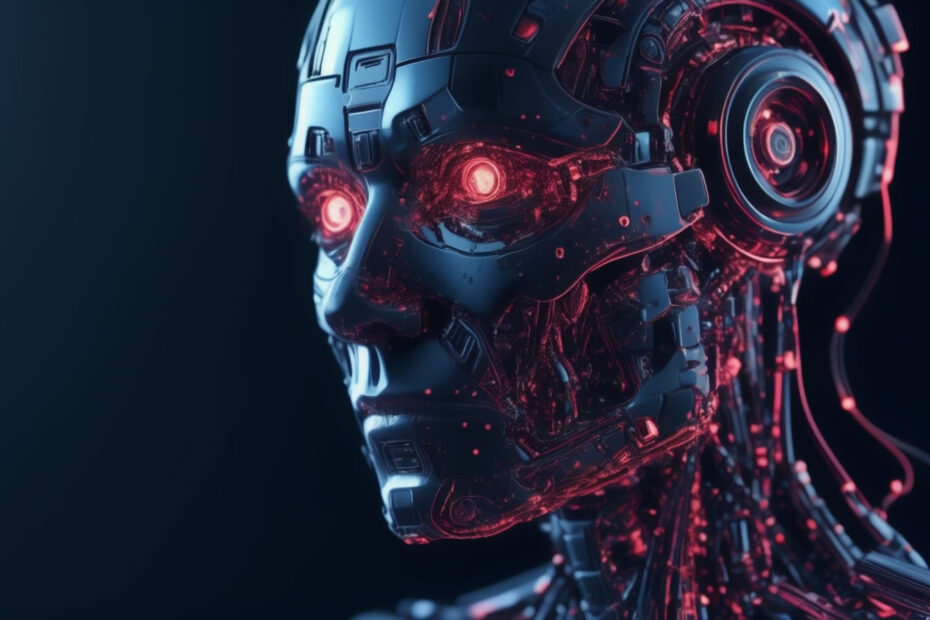Section 1: Privacy Concerns
- Explanation of how AI technologies, such as facial recognition and data analytics, can infringe on personal privacy.
- Examples of AI systems collecting, sharing, and misusing personal data without adequate user consent.
Section 2: Security Risks
- Discussion on the vulnerabilities that AI systems can introduce, including susceptibility to hacking and manipulation.
- Case studies of AI-driven systems being exploited for malicious purposes.
Section 3: Job Displacement
- Overview of how AI and automation can lead to job displacement across various industries.
- Examination of the economic and social impacts of reduced employment opportunities due to AI.
Section 4: Bias and Discrimination
- Insight into how AI algorithms can perpetuate and even exacerbate existing biases in decision-making processes.
- Instances where AI has resulted in discriminatory outcomes, particularly in areas like hiring, law enforcement, and lending.
Section 5: Lack of Accountability
- Challenges in defining accountability for decisions made by AI systems, especially in critical areas such as healthcare and criminal justice.
- Legal and ethical complexities in attributing responsibility when AI errors cause harm.
Section 6: Autonomous Weapons
- Discussion of the ethical implications and potential dangers of AI in military applications, specifically autonomous weapon systems.
- International debate over the regulation and control of AI-driven weaponry.
Conclusion
- Recap of the main points discussed about the risks of AI technology.
- Call for responsible development and regulation of AI to ensure safety and fairness.
- Highlight the importance of ongoing research and public discourse to address these concerns effectively.
